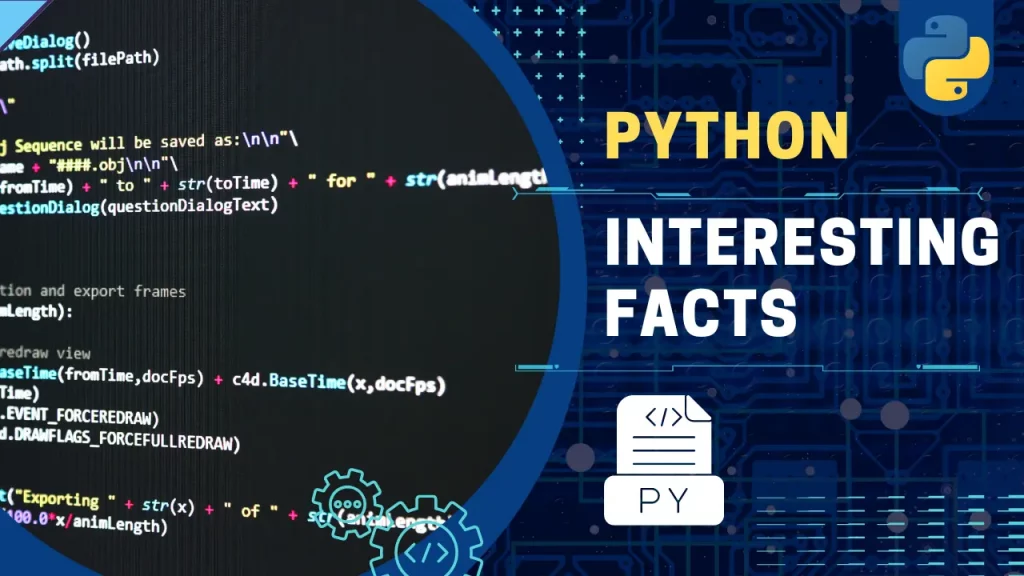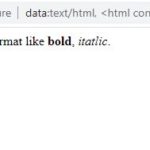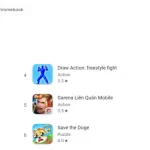Python is one of the most popular programming languages in the world, and for good reason. It’s easy to learn, powerful, versatile, and full of interesting features. There are interesting facts about Python programming language that you might not know.
Interesting Python Facts a Python Programmer Should Know

- In December 1989, Guido Van Rossum decided to use his holiday week around Christmas to work on a hobby project. He wanted to create a scripting language that was an improved version of ABC and would be attractive to Unix/C hackers.
- Python was first released in 1991. It’s named after Monty Python’s Flying Circus, a British comedy group of the 1970s.
- Python is an interpreted language, meaning that it is written in a human-readable form and can be read and executed directly by the computer.
- There are two main versions of Python currently being used: version 2 and version 3. Version 3 was released in 2008, but due to its incompatibility with some programs, many users still prefer using version 2 instead.
- The standard library for Python contains over 200 modules designed to make coding easier; from web browsers to image manipulation tools, there is something for everyone!
- By default, indentation is mandatory in Python – this means that every line of code needs to be indented properly, or else the program won’t run correctly!
def import_sales(self):
shop_infos = []
shops = self.env['lazada.info'].search([])
if len(shops) > 0:
for s in shops:
shop_infos.append(self.env['lazada.info'].get_shop_info(name=s.name))- The language supports multiple programming paradigms including object-oriented, procedural, and functional programming styles.
- Python does not use braces, like Java and C++, to separate code blocks. Only indentation is used to mark the start and end of a code block in Python – an idea that may be unfamiliar to many programmers accustomed to more traditional languages. This means when coding in Python, the indentation of each line is significant, as it provides structure and clarity to the code.
- While there are many uses for Python from desktop applications to web development; one of its most popular uses is data science – which includes machine learning algorithms (MLA). MLA involves teaching computers how to make decisions using probability models instead of hard-coded functions; thus making MLAs extremely valuable for businesses & organizations around the world!
- Python is platform-independent, meaning that it can be run on any operating system. This makes it ideal for writing cross-platform applications. It also means that developers can write code once and have it run on multiple platforms without the need to rewrite or recompile the code.
- Python is a programming language that is available in a variety of forms. The most popular version is CPython, which is written in the C programming language. Jython is written in Java and compiles to bytecode, while IronPython is written in C# and provides an extensibility layer for frameworks written in .NET. Brython is a form of Python that can run in a web browser, and RubyPython is a bridge between the Python and Ruby interpreters. PyPy is implemented in Python, and MicroPython is designed to run on microcontrollers for embedded devices.
- A Python function can return multiple values at once. This is done by using a tuple to store the values and then returning the tuple.
def calculate_values():
a = 12
b = 13
c = 14
# Return multiple values as a tuple
return a, b, c
x, y, z = calculate_values() # Assign the returned values to variables
- Python is one of Google’s official programming languages, and it has become an integral part of the company’s development process. Google uses Python for its internal processes as well as in many of its products and services, such as Gmail, Google Docs, and YouTube.





